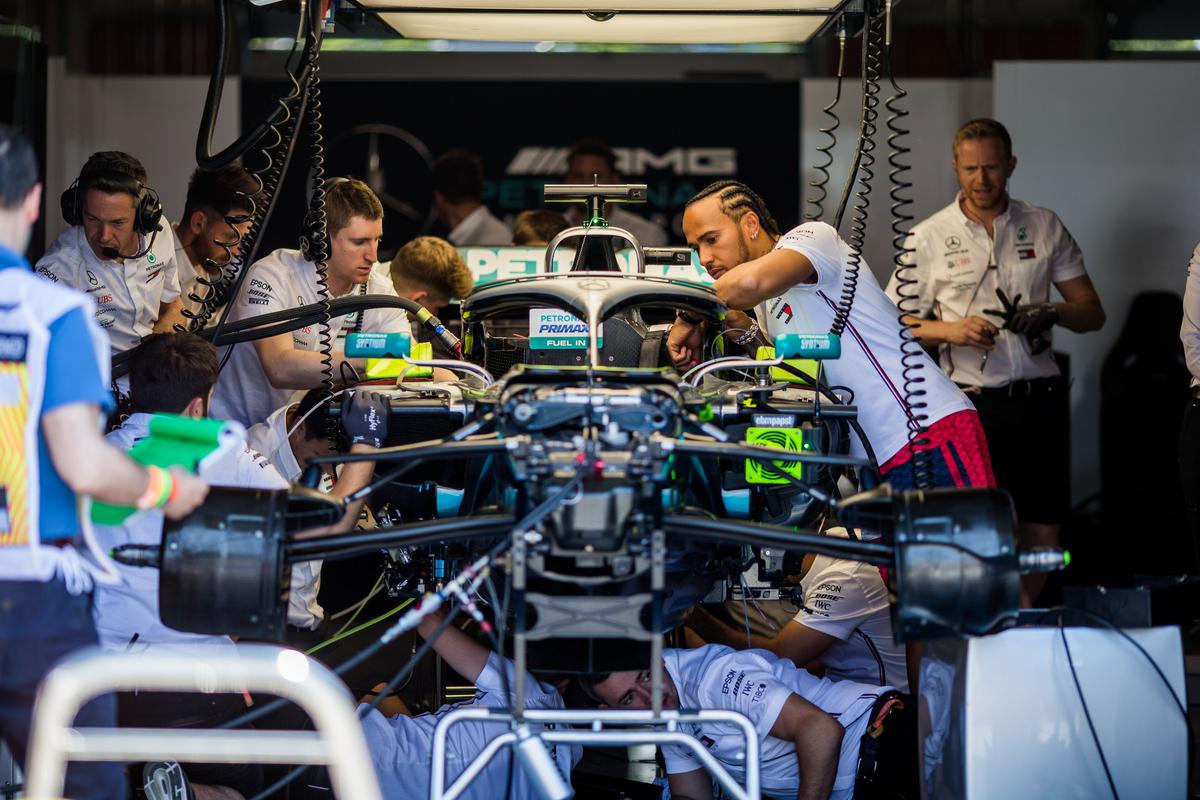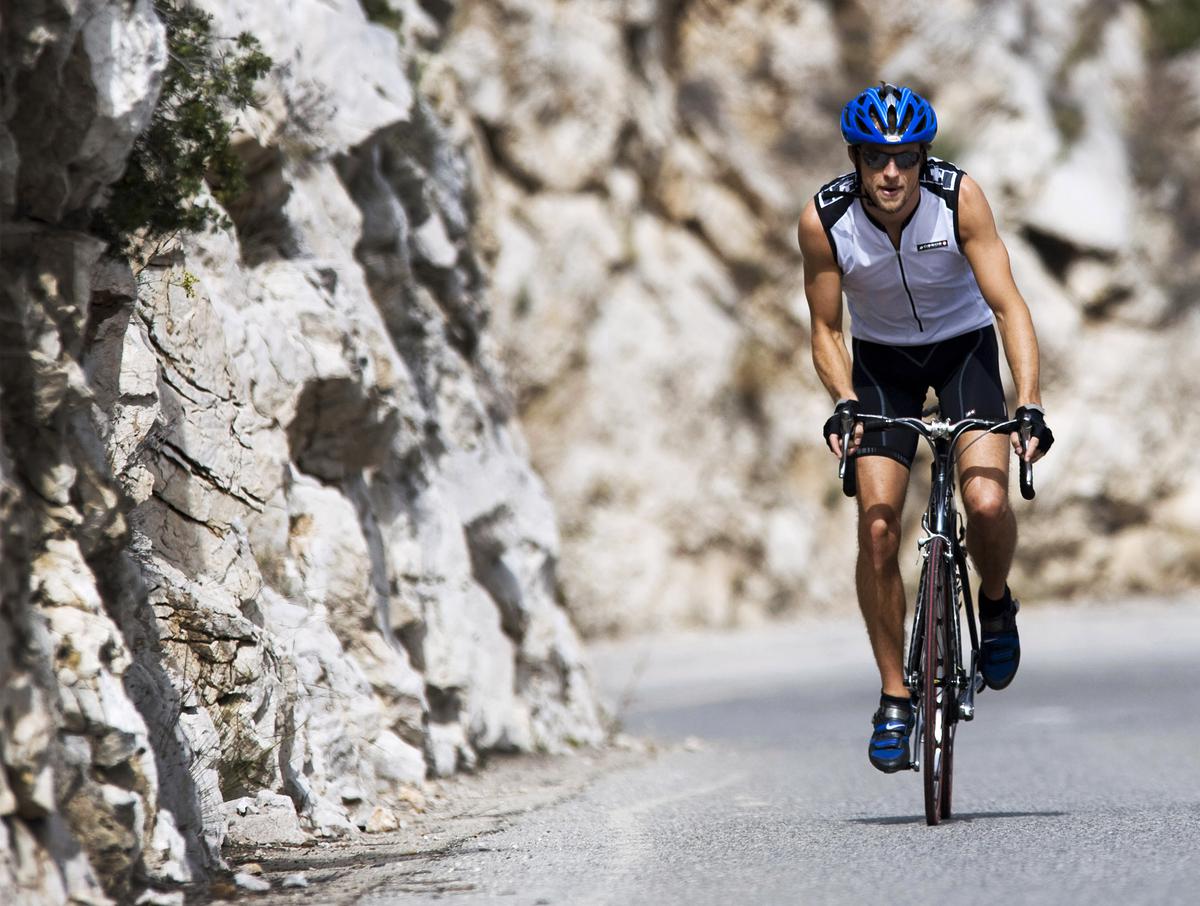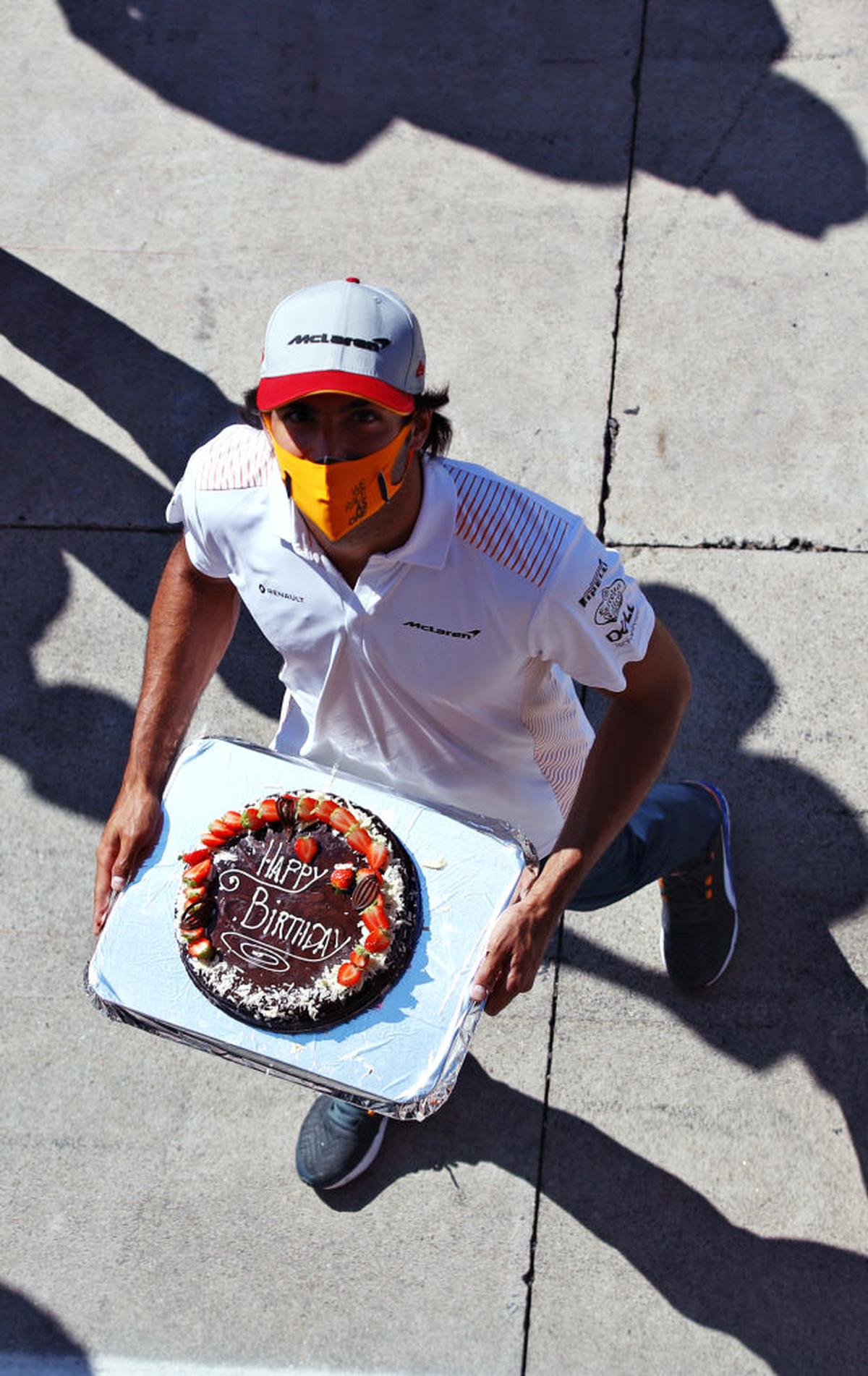Chandhok shares an insider’s account of all the behind-the-scenes action with ‘The Hindu Magazine’
Chandhok shares an insider’s account of all the behind-the-scenes action with ‘The Hindu Magazine’
The 2022 Formula One World Championship will be the most intense season in the history of the sport. With 22 race weekends packed into an eight-month schedule that criss-crosses the globe, the drivers, team members, media and everybody else in the motorsport fraternity will be working extra hard this year.
There’s a fascinating battle unfolding on track. Coming off the back of a dramatic 2021 when Max Verstappen and Lewis Hamilton waged a year-long battle that was settled in the final lap of the final race, we’ve got a whole new season of competition this year.
Young stars like George Russell, Charles Leclerc and Lando Norris are doing an outstanding job of taking the fight to established world champions such as Hamilton, Verstappen, Fernando Alonso and others. F1’s popularity around the globe has exploded, thanks in no small measure to the Netflix series Formula 1: Drive to Survive, with record spectators at pretty much every race we’ve been to this year, and a television audience that’s back on the rise after a few years when people got bored of the predictability of Hamilton’s wins.
ALSO READ: How Netflix’s ‘Formula 1: Drive to Survive’ drove the sport’s ratings
For those watching at home, it may seem like the drivers and teams are hard at work for just those 44 racing days in a year, but the reality is that the world of F1 never stops. In between races, drivers do a tremendous amount of work with their engineers to analyse and prepare themselves for the races.
F1 cars are complex machines and the teams can change a lot of settings in terms of the engines, suspensions, aerodynamics and tyres to try and unlock maximum speed and performance on track. All teams now use state-of-the-art simulators and sophisticated weather radars. Prior to every race, drivers and engineers spend a couple of days working together on a host of changes to ensure that they arrive at the track with a “set up” that is the most optimised for the weekend. Simulators, which have laser-scanned 3D circuits, are particularly useful for rookie drivers to get a hang of the track before the race weekend.

Lewis Hamilton inspects his car surrounded by mechanics during the 2019 Canadian Grand Prix.
| Photo Credit: Getty Images
Star power
The big names, Hamilton and Verstappen or the Ferrari duo of Leclerc and Carlos Sainz, are in high demand with sponsors and the media throughout the season. It’s not uncommon to see someone like a Hamilton jet off in between races to ring the bell at NASDAQ on Wall Street, for instance, or for Verstappen to do demo runs with his Red Bull car on the streets of Istanbul.
Ensuring the drivers are physically and mentally fit is fundamental to their success in a long season such as this. As a racing driver — unlike in other sports where you have to constantly focus on your particular discipline — you have the flexibility of improving your cardiovascular fitness as well as strength by doing any variety of exercises. Many drivers live in Monaco or Switzerland and spend hours cycling up and down the mountains. I too was a huge fan of cycling as it gave me a good chunk of ‘alone time’ which helped with mental peace besides the obvious physical benefits.

British F1 driver Jenson Button cycling for fitness training during the weekend of the 2007 Monaco Grand Prix.
| Photo Credit: Getty Images
Keeping your mind in the right space when racing wheel-to-wheel at 350 km/hr is crucial, and racers go to any lengths to ensure this. Many drivers today stay in motorhomes within the private space of the track, instead of in hotels, during European race weekends as it both saves them commute time and offers privacy from over-enthusiastic fans. Post-race, it’s a dash to the airport for most drivers and their teams courtesy the packed calendar.
Legendary racer Michael Schumacher took the idea of living on the road to the next level when he had a personal gym built into a truck that was brought to the race tracks alongside his motorhome. At the end of a long day of testing, whilst other drivers would rest or unwind with a massage, Michael would train in his mobile gym, fitted with full-length clear glass windows, so everybody could see him working out, right in the middle of the paddock. This also served to deal a huge psychological blow to his rivals.

Spanish driver Carlos Sainz of McLaren with his birthday cake in the paddock ahead of the 2020 Italian Grand Prix.
| Photo Credit: Getty Images
Comfort in the familiar
For an athlete, having a familiar routine is useful when competing. Rafael Nadal or Sachin Tendulkar, for instance, have talked about packing their own kit bags so they knew exactly where to find the right racquet or bat in the middle of a match. If you know where your things are, or what you’re going to eat, or just the knowledge that the coffee machine can make your favourite type of brew in the morning puts you in the right frame of mind for the game.
It’s also why F1 teams fly the same set of chefs around the world during competition weekends, to cater to not just racers but the 70-odd team members on the ground. There is a set menu, curated with the drivers’ dietary requirements in mind, and experimenting with food is a strict no-no.
The Formula One world is a travelling circus of some 3,000 people who fly around the globe putting on an exciting competition for the world to watch. This is just a behind-the-scenes peek into that fascinating set-up that goes unnoticed when one is glued to the screen watching the cars speed past.
The writer is one of India’s only two Formula One drivers, and a commentator for Sky Sports F1.